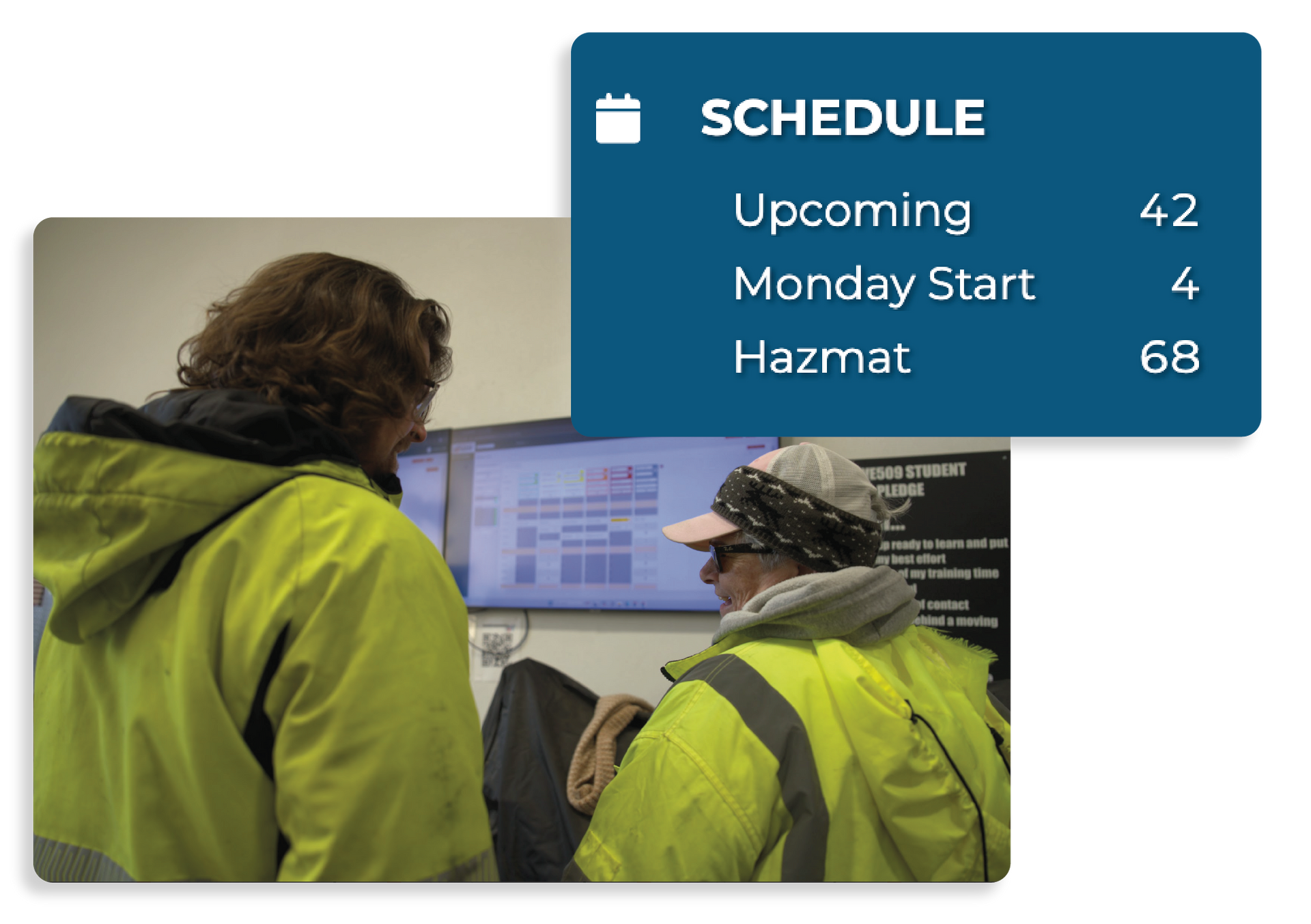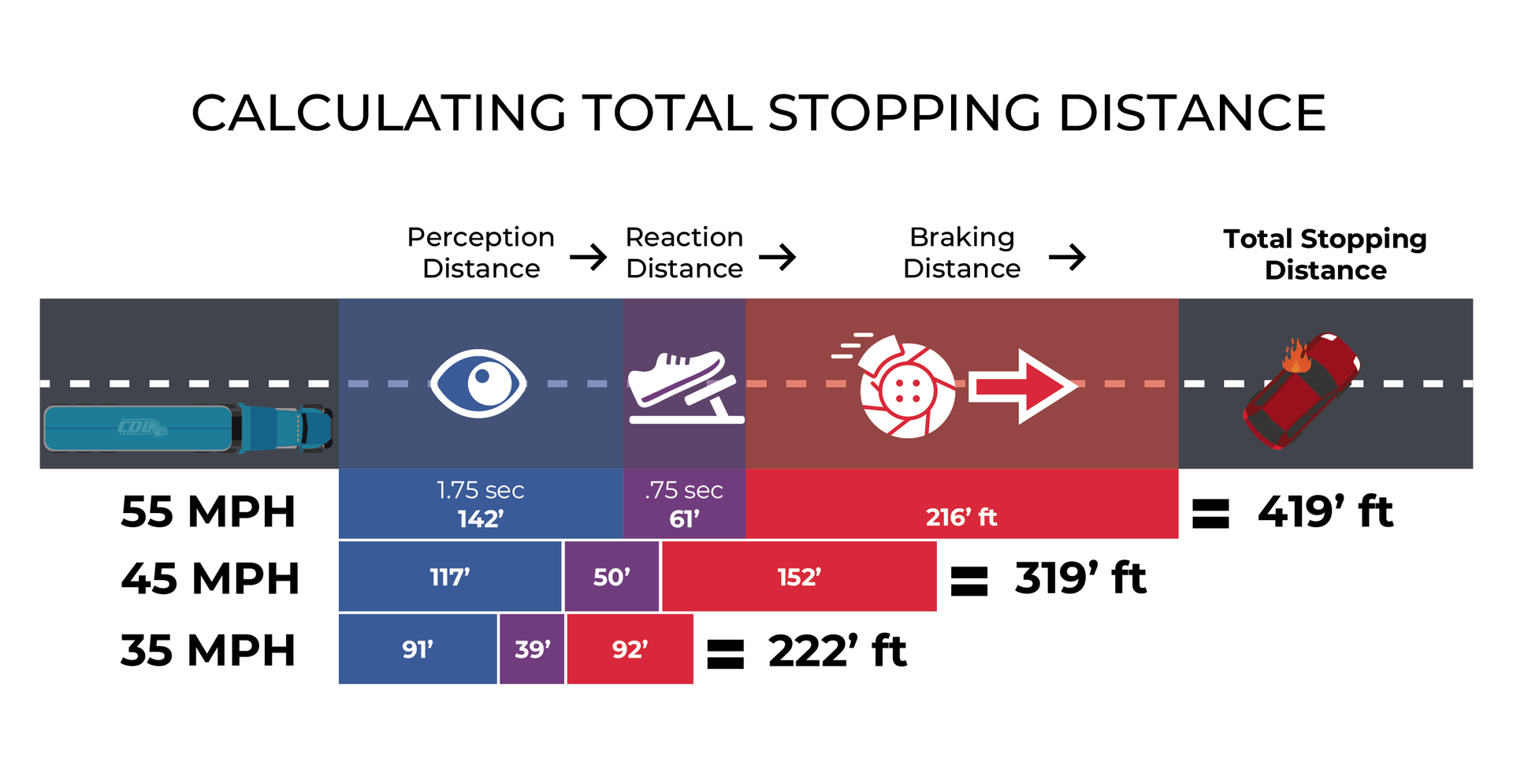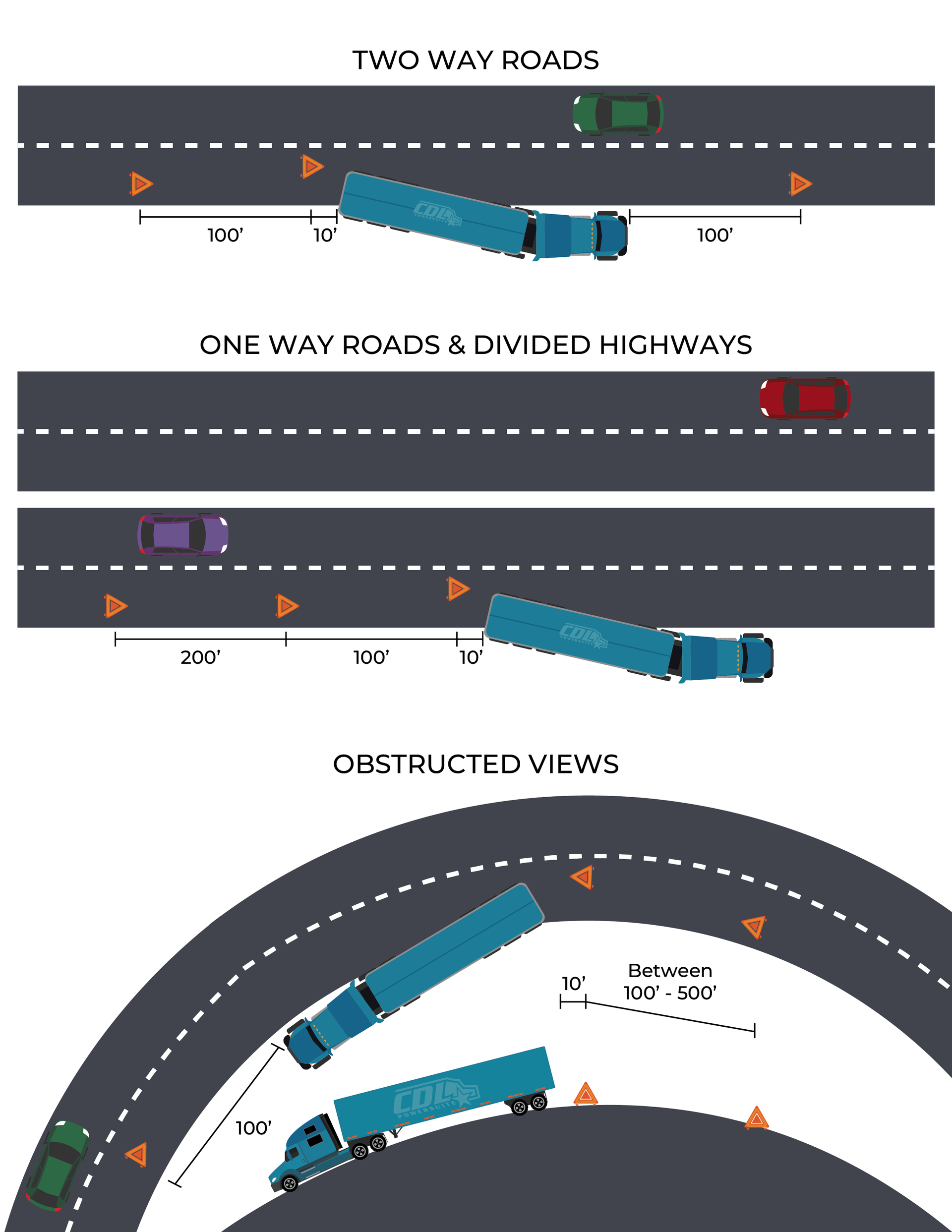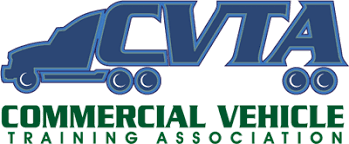The Importance of Proper Class Scheduling for CDL Schools
Jason Boudreau • January 23, 2025
Effective class scheduling is a cornerstone of successful CDL training programs. By ensuring the proper ratio of students, instructors, and equipment, CDL schools can create an environment where both staff and students thrive. Overcrowding or poor planning can lead to overwhelmed instructors, undertrained students, and lower pass rates. Proper scheduling ensures that each student receives the personalized training they need to become a safe, professional driver.
CDL training programs with a manageable student-to-instructor ratio produce better outcomes, including higher pass rates and improved job placement for graduates.

Ideal Student-to-Instructor Ratio
- 4:1 for Road Training
- A maximum of 4 students per instructor for over-the-road, in-cab training.
- 12:1 Range/Pre-Trip Training
- A maximum of 12 students per instructor for field or yard training.
These ratios are designed to allow instructors to:
- Provide personalized feedback and guidance.
- Monitor and assess each student's progress effectively.
- Maintain a safe and controlled learning environment.
Schools with smaller class sizes and proper scheduling can offer students more hands-on practice time, which is essential for building confidence and skill.
Creating a Clear Scheduling Plan
A clear plan and realistic expectations for the number of students a CDL school can accommodate are critical for success. Consider the following strategies:
- Evaluate Capacity Regularly: Assess your school's physical space, staffing levels, and equipment availability to determine how many students you can train effectively.
- Implement Enrollment Limits: Set enrollment caps to prevent overcrowding and ensure that each class size aligns with your resources.
- Stagger Schedules: If possible, stagger training schedules to optimize the use of equipment and staff availability. For example, consider morning and afternoon shifts or weekday and weekend sessions.
- Monitor Progress: Regularly review class outcomes, instructor feedback, and student performance to adjust schedules as needed.
The Ripple Effect of Proper Scheduling
When a CDL school invests in proper scheduling, the benefits extend beyond the classroom:
- Higher Pass Rates: Well-trained students are more likely to pass their exams on the first attempt, enhancing the school's reputation.
- Instructor Satisfaction: A manageable workload allows instructors to focus on teaching effectively and reduces burnout and increases the longevity of the instructors' employment.
- Stronger Brand Reputation: Schools that consistently produce skilled, professional drivers build trust with local employers and the community, leading to increased enrollment and partnerships.
Conclusion
A well-structured class schedule is the backbone of a successful CDL training program. By maintaining optimal student-to-instructor ratios, implementing strategic scheduling practices, and regularly evaluating capacity, CDL schools can ensure a high-quality training experience. Proper scheduling not only enhances student learning and increases pass rates but also improves instructor satisfaction and strengthens the school’s reputation. Investing time and resources into thoughtful scheduling ultimately leads to better-trained drivers, safer roads, and a more successful CDL program overall.
The CDL PowerSuite Solution
How Upcoming Classes Are Managed:


Contact Us
3620 N Eden Rd, Spokane Valley, WA, 99216
Associate Members of

Pages

Made in the USA
SOFTWARE DEVELOPED ONSHORE
Stay Informed
All Rights Reserved | CDL PowerSuite™


